Spending more time in nature is good for you; here is why.
Walking in a forest or among plants lowers your cortisol stress hormone level, pulse rate, and blood pressure. It also supports your immune function, partly caused by phytoncides, airborne chemicals produced and emitted by plants to protect them against rotting and insects.
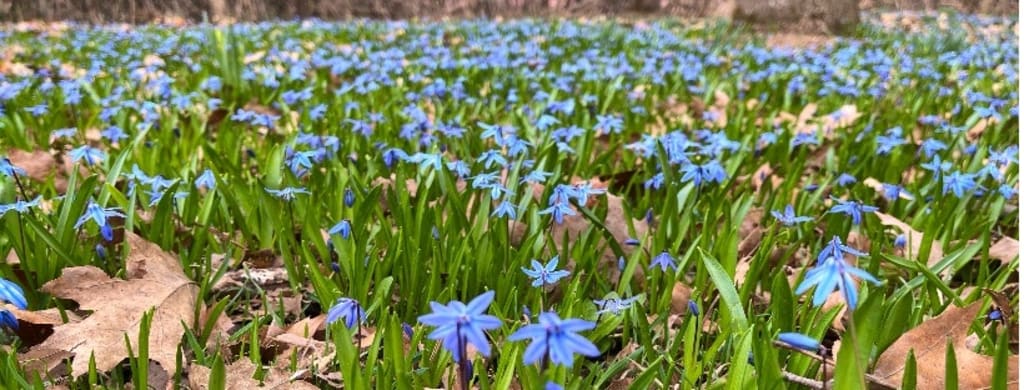
In the late afternoon, I felt tired. Today had been a long day, and I wasn't happy with the still unanswered emails in my inbox. Instead of an extra push of work behind my desk, I left my computer, got on my bicycle, and went to a nearby park.
It was the end of a beautiful spring day, with flowers blooming and trees waking up from a long hibernation in the Ottawa winter. I walked, photographed, and enjoyed looking at the many dogs. I heard American Robins announcing dawn and listened to the recognizable two-note song of several black-capped chickadees.
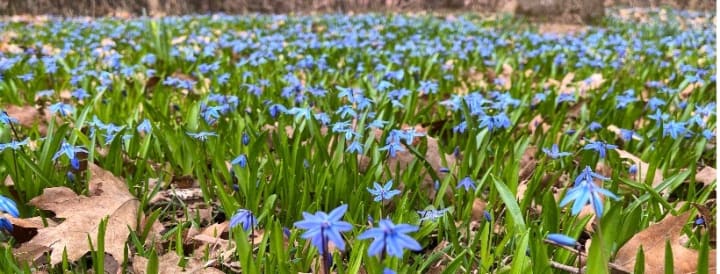
When I got back home, I chatted with a kind, older lady in a wheelchair and her son, who must be about my age. She lives on the other side of the road where the pandemic and the winter had kept her inside. But now, after two vaccinations, she had come out to enjoy the last rays of sunshine. I got back home about an hour after I had left; energized, happy, and got back to work.
Was that the impact of being in nature?
Or would an hour of watching Netflix have had the same effect on me? I have often experienced the positive influence of being in nature. And I have the impression that, in my fifties, I have become more sensitive to the healing effect of being outdoors. It turns out that this is a well-researched topic; spending more time in nature is good for us.
An article in a 2009 edition of the Journal of Environmental Psychology describes five studies on the effect of being outdoors on your vitality, which the researchers define as having physical and mental energy. Vital people experience a sense of enthusiasm and aliveness. In one of the studies, a group of participants walked for 15 minutes on a tree-lined path along a river, while another group walked in underground tunnels. The outdoor group scored significantly higher vitality change scores.
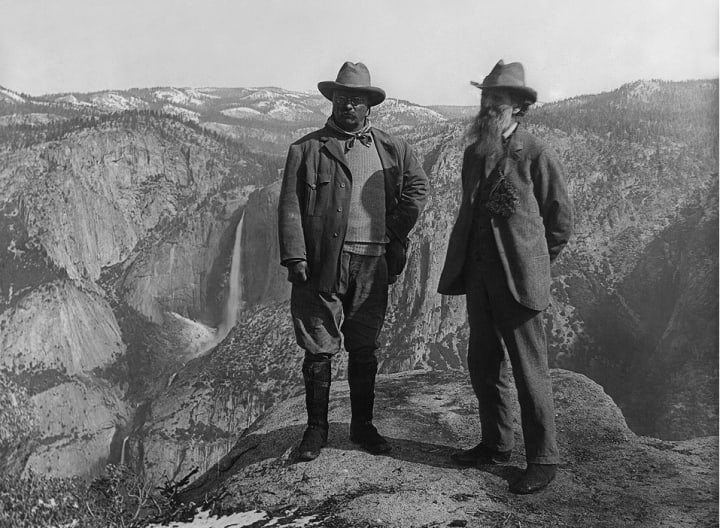
A famous energizing trip in nature was the camping trip in Yosemite of President Roosevelt and John Muir in 1903. America's most literary president, who read two to three books per day, came up with the trip idea after reading some of Muir's writings. Roosevelt decided to write him a letter, which is just one of the 150,000 he wrote in his lifetime, to ask if they could make a trip together. He wanted John Muir to show him Yosemite and reassured him that "I do not want anyone with me but you, and I want to drop politics absolutely for four days and just be out in the open with you." Once Roosevelt's team had left no less than 40 blankets to ensure the president would stay warm in the outdoors, he sent them all back to town. Roosevelt loved those days in nature, admiring the giant sequoias, Yosemite's wilderness, and he enjoyed horseback riding.
230 million acres of public land
In his revitalized state after this bath in nature, he returned to Washington and enthusiastically started to preserve America's most beautiful natural wilderness areas. He created the United States Forest Service and established 150 national forests, 51 federal bird reservations, four national game preserves, five national parks, and 18 national monuments. Altogether he saved about 230 million acres of public land that we can still enjoy today.
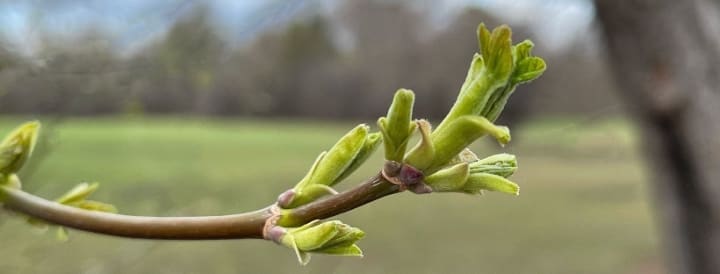
His frantic reading habits may later have saved his life when a bullet fired by a saloonkeeper in Milwaukee slowed the impact of the shot. He first gave his scheduled speech before he went to the hospital, where the doctors decided to leave the bullet in his rib where it had landed. It remained there for the rest of his life.
Teddy Bear
Roosevelt may have been a lover of nature, but he was also fond of hunting. One day, he refused to shoot a bear that hunt guides had tied to a tree to make it easier for him. The cartoon that an artist drew after this incident led to a candy shop owner's idea to name some stuffed toy bears after him. A trend followed that you would nowadays call viral; the teddy bear was born.
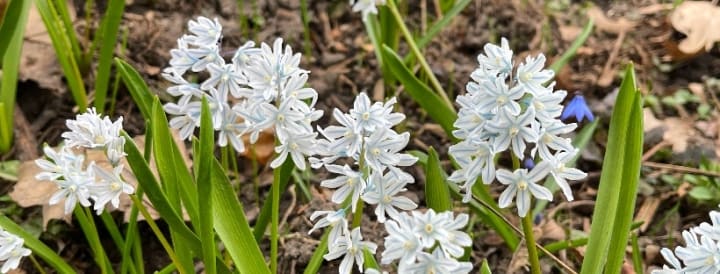
John Muir once wrote, "In every walk with nature, one receives far more than he seeks." He knew long before scientists studied people walking in tunnels or along rivers how much you gain by being in nature.
Phytoncides
Walking in a forest or among plants lowers your cortisol stress hormone level, pulse rate, and blood pressure. It also supports your immune function, partly caused by phytoncides, airborne chemicals produced and emitted by plants to protect them against rotting and insects.
Another study was done in 2013 when more than 10,000 Canadians spend a minimum of 30 minutes in nature for 30 days. It turned out to be a positive experience for the participants; they recorded less stress and negativity, generally more positive moods, more calm and peacefulness, better sleep, and more vitality and energy.
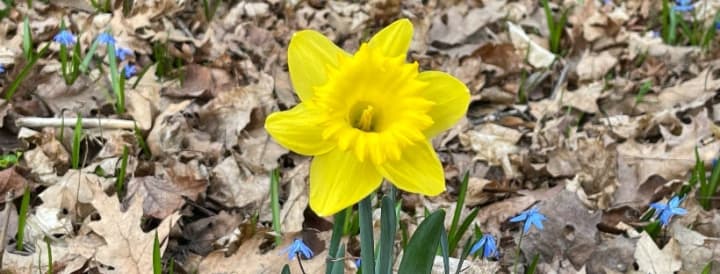
It also helps to live near green spaces. Professor Frances Kuo, at the University of Illinois, has studied this extensively. People that live close to parks or forests are generally more generous and kind, while the kids growing up near green spaces score higher on self-discipline and academic achievement.
You are probably not in a green space while you read this. Therefore, I have one more study for you, led by the Vrije University Medical Centre in Amsterdam. The researchers found that just looking at still images of nature will already do the trick and lower your stress levels. The pictures that I added to this article were all taken today, in the late afternoon, while I was revitalizing in a green space not far from home and thereby testing the studies I mentioned here. You can try the last one by looking at these pictures. I hope it works for you. But don't forget the real message: go out and enjoy nature, it is good for you to walk and be in nature.
----------------------------------------------------------------------------------------
If you like what you read, please consider taking a subscription to this newsletter. It supports my work, and it also makes it possible for those who can’t pay to keep reading The Planet.
----------------------------------------------------------------------------------------
Notes:
https://blogs.loc.gov/inside_adams/2016/08/roosevelt-muir-and-the-camping-trip/
https://nl.m.wikipedia.org/wiki/Bestand:Muir_and_Roosevelt_restored.jpg
About the Creator
Alexander Verbeek
Admiring the beauty of nature is the best way to realize what's at stake if we ignore the fragility of our planet. I am a public speaker, writer, EDRC policy director, Yale World Fellow, TEDx speaker, with 400,000 followers on social media.
Enjoyed the story? Support the Creator.
Subscribe for free to receive all their stories in your feed. You could also pledge your support or give them a one-off tip, letting them know you appreciate their work.


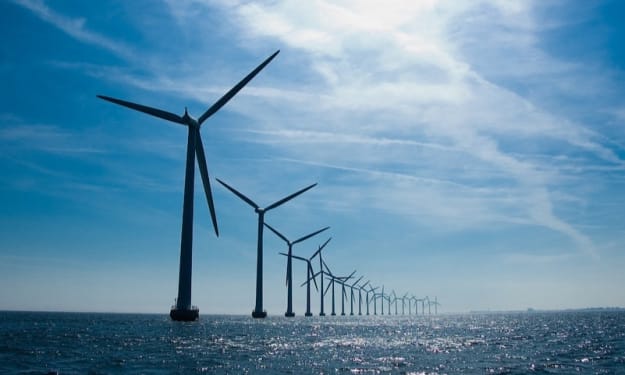



Comments
There are no comments for this story
Be the first to respond and start the conversation.